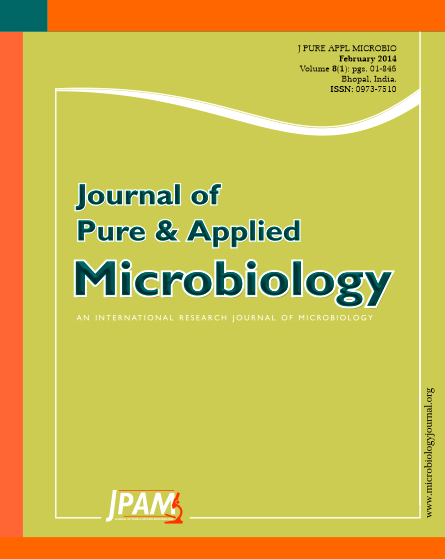Acinetobacter baylyi is a gram-negative aerobic bacterium. A. baylyi ADP1 has gained popularity and has been used repeatedly in research studies because of its high capability for natural transformation. The whole genome sequencing of A. baylyi (ADP1) was published in 2004. Because of the good potential of this microorganism as a model for genetic studies in Acinetobacter spp., we decided to study putative genes that may play a role in biofilm formation. In this study, we investigated Acinetobacter baylyi ADP1 wild type and several mutant genes (pili assembly chaperone, Fimbrial-biogenesis Protein, putative fimbrial usher protein, putative surface protein) for their ability to form abiotic biofilms. Biofilm formation of A. baylyi ADP1 was characterized by using an in vitro biofilm formation assay on polystyrene surfaces. Biofilms were formed optimally when bacteria were grown in a minimal medium under aerobic conditions. Our investigation has shown that at least two mutant genes fimbrial-biogenesis Protein (3317) and putative surface protein (PEVL 389) may be involved in biofilm formation. Biofilm formation of Fimbrial-biogenesis Protein and putative surface protein were significantly reduced in mutants compared to wild type by t-test, suggesting that these genes may play a partial role in biofilm formation.
Acinetobacter baylyi ADP1, Deletion mutants, Biofilm, Genes, Drug resistant
© The Author(s) 2014. Open Access. This article is distributed under the terms of the Creative Commons Attribution 4.0 International License which permits unrestricted use, sharing, distribution, and reproduction in any medium, provided you give appropriate credit to the original author(s) and the source, provide a link to the Creative Commons license, and indicate if changes were made.


